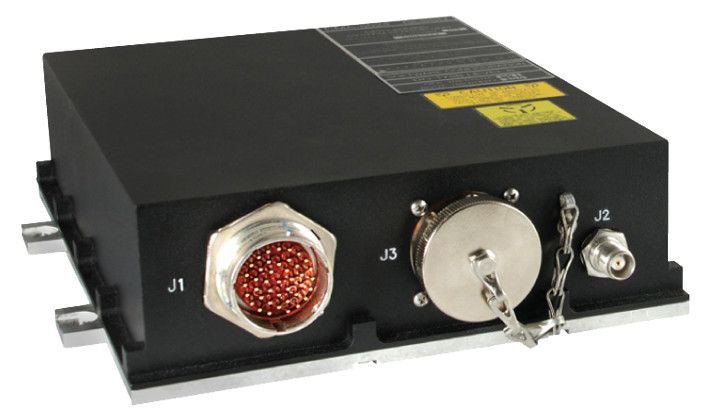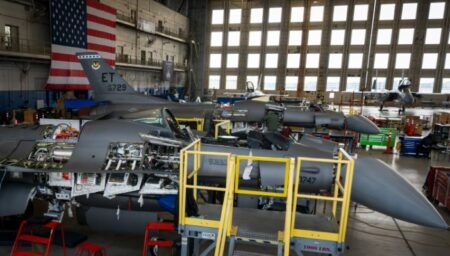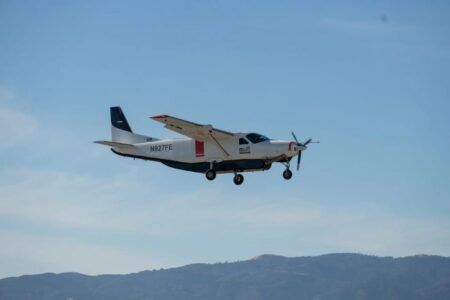Esterline Avionics Systems has completed testing of its satellite-based landing system sensor unit for ADS-B and SBAS/GPS Navigation and anticpates certification of the device for use on Boeing 737 aircraft before the end of the year.
The ground and flight tests on the Satellite-based Augmentation Systems (SBAS)-capable CMA-5024 GPS/SBAS Landing System Sensor Unit (GLSSU) were carried out on a Boeing 737NG aircraft. The tests had the goal of obtaining a supplemental type certificate (STC) for Automatic Dependent Surveillance – Broadcast (ADS-B) out and SBAS/GPS Navigation.
With all testing completed, the STC is anticipated for Q4 2018 for all Boeing 737NG aircraft types -700/-800/-900. The option for Localizer Performance with Vertical Guidance (LPV) approach capability will also be available.
The CMA-5024 is an approved DO-260B ADS-B positioning source that may be paired with any DO-260B transponder. In addition to achieving compliance to the ADS-B mandate, the CMA-5024 also allows the Boeing 737NG aircraft to take advantage of SBAS navigation throughout all phases of flight, with optional LPV approach capability.
An LPV approach is the highest precision GPS instrument approach available which does not require specialized crew training. It provides airlines with a safe approach into airports when the Instrument Landing System (ILS) is unavailable.
The CMA-5024 meets the requirements for an Instrument Flight Rules, civil certified Global Navigation Satellite System (GNSS).
The European Geostationary Navigation Overlay Service (EGNOS), a component of SBAS, augments GPS to provide an extremely accurate navigation solution that will support all flight operations from en route through LPV Guidance CAT-l equivalent approach.
The CMA-5024 is compliant with and completely supports EGNOS/SBAS, from departure, en-route navigation, and all EGNOS/SBAS LPV Precision Approaches, and complies with published Communication Navigation Surveillance/Air Traffic Management (CNS/ATM) navigational mandates.





